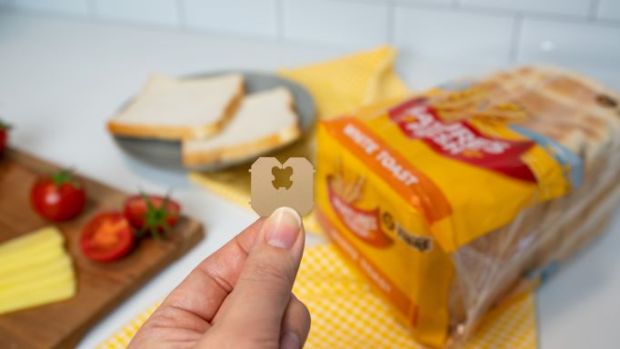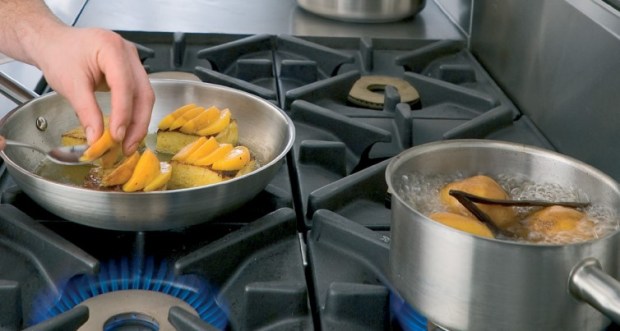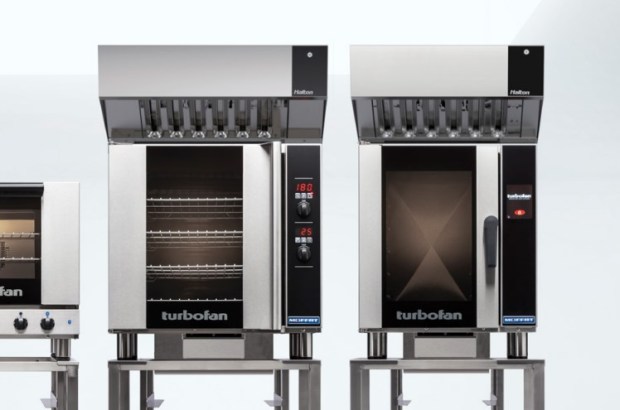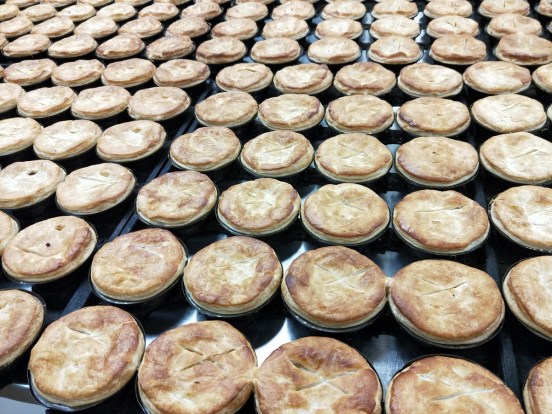Pizza Hut Canada has partnered with Serve Robotics to trial and launch a new robotic delivery service. Pizza Hut on Robson St., Vancouver, was the first location selected for the chain’s pilot programme.
Customers in Vancouver who used the Pizza Hut app for delivery, tracked their orders using the robot’s location, and accessed a unique, one-time pin from the robot’s secure compartment. The two-week pilot programme ran late last month.

Serve Robotics’ state-of-the-art technology uses sensors to identify nearby objects, enabling the robots to autonomously navigate sidewalks while under supervision to ensure their safe operation.
The self-driving robot has completed thousands of deliveries, eliminating thousands of car trips and tons of CO2 from city air with zero emissions.
“From introducing cheese in our stuffed crust to delivering pizza to the International Space Station, Pizza Hut is the pizza pioneer,” says Manish Dhankher, director of Operations at Pizza Hut Canada.
“We’re always looking for ways to enhance our customer service and deliver hot, fresh, and delicious menu favourites to our customers. Pizza Hut is thrilled to be at the forefront of this technology and partner with Serve Robotics to bring this offering to Canada for the first time.”
“Serve is excited to partner with Pizza Hut to provide Vancouver customers with the convenience and reliability of zero-emissions robotic delivery,” says Dr. Ali Kashani, co-founder and CEO of Serve Robotics. “This is an important step forward in our efforts to expand our delivery platform to serve more cities and communities.”
Chipmaking giant Nvidia* has invested $US10 million in Serve Robotics, – funds the startup will use to further expand its sidewalk delivery robot service.
The investment – Nvidia’s first in the sidewalk delivery space – is part of a long-term collaboration that will see the two companies work together toward advancing their own wheelhouses of robotic technology.
“Nvidia’s investment is rooted in a longtime partnership with Serve using various technologies from us, from the edge to cloud-based technologies,” Gerard Andrews, senior product marketing manager of robotics at Nvidia, said “What we’re excited about is the prospect of working closely with Serve to push the limits of what is possible on last-mile delivery problems.”
Serve’s robots, which the company says are capable of operating in specific geofenced areas without a remote operator for safety, currently rely on Nvidia’s Jetson edge AI platform, the hardware, or compute module, that sits inside the robot and powers autonomous movement. The startup also plans to use Nvidia’s perception and mapping tools, which will help its robots understand where they are in the real-world environment and where they need to go.
Like most autonomous vehicle companies, Serve tests its models in simulation before they hit the roads, which, like testing in the real world, requires scores of data and photorealistic maps of cities. For that, Nvidia offers synthetic data generation tools for training perception models.
Offerings such as these come under a suite of tools from Nvidia, dubbed Isaac, that provide robotics developers with a range of software technologies from simulation to robotic fleet management. Nvidia hopes to use lessons from its partnership with Serve to improve its technology in the nascent robotic space, said Andrews.
*The company was founded in 1993 by three American computer scientists, Jen-Hsun Huang, Curtis Priem, and Christopher Malachowsky.








